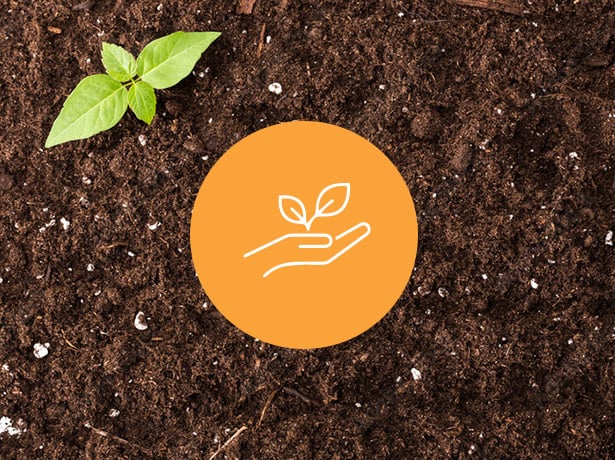Extended life models for construction products can take many forms, some of which require several systems to be in place to enable such models. Tommy Martin, Divisional R&D Director for Insulated Panels West provides some details about the challenge and opportunity posed by the further development of extended life models for construction products.
At Kingspan, we continually investigate potential takeback schemes to expand the current takeback schemes in place in the UK and central Europe regions, which takeback insulation installation waste solutions to prolong the lifetime of our products and materials, to add circular value to our value chain and provide new services to our customers and supply partners.
Why is it key to develop end-of-life models for construction products?
The construction industry has a major role to play in the sustainable future of our planet. The construction industry is responsible for 39% of global energy related carbon emissions: 28% from operational emissions, from energy needed to heat, cool and power them, and the remaining 11% from materials and construction.1By incorporating circular design principles upfront in construction product design, we can focus on selecting suitable materials and processes to minimize the embodied carbon and the end-of-life impacts of construction products.
There are many different methods to enabling extended life models for construction products such as designing for recyclability, reusability, and disassembly. By ensuring potential extended life models are considered at product design stage, we can enhance the product performance, minimize waste and encourage the development of reuse and refurbishment solutions for building materials at the end of a building’s life.
What approach is being taken within R&D to progress the development of extended life product models?
Here at our IKON Innovation Centre, we have incorporated sustainable design resources into our product development stage gate process. The stage gate process assists our R&D engineers with initial scoping and conceptual design. The inclusion of the sustainable design resource within this process ensures the environmental impact of the products’ full lifecycle is considered from the beginning of the project. The sustainable design resource has been developed to support the design of new products and re-design of existing ones. The resources embed the principles of circularity and put the focus on aspects of design including input materials, design for reuse or recycling and product embodied carbon.
What are the biggest barriers to developing extended life models in construction?
Aligning the complete supply chain at an early stage in new developments is critical in ensuring extended life models can be implemented. As the components and materials forming part of a complete product typically come from upstream and our customers and end users are responsible for the product once sold, it is key that all stakeholders are engaged to enable such models. Close collaboration and development with our upstream and downstream stakeholders are an important part of any new development.
What opportunities does this challenge provide?
Although there can initially be hesitance in exploring new materials, processes, technologies, etc. the benefits to be gained in offering unique and future proofed product sets creates great commercial opportunities and enhances the future for the full construction industry to contribute positively to our planet.


